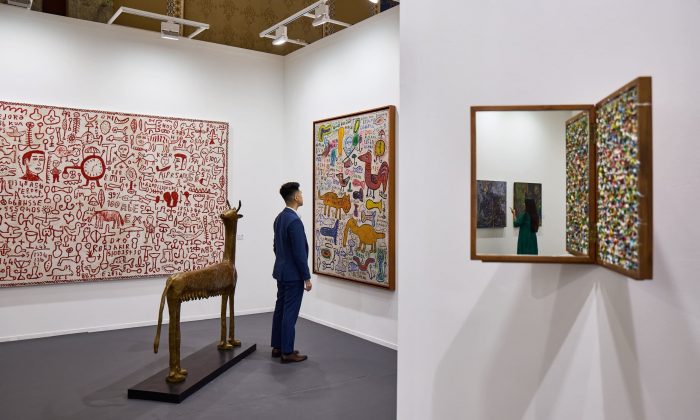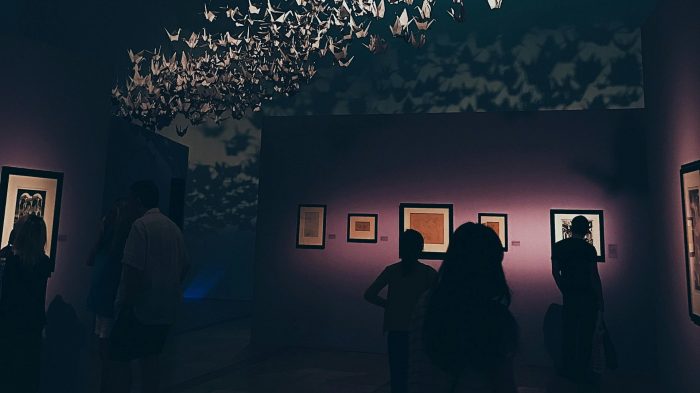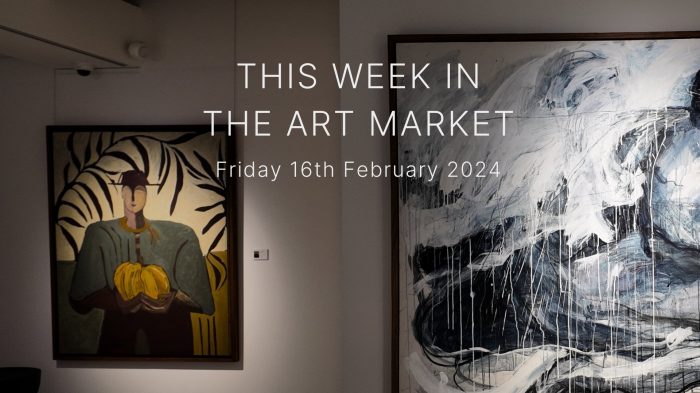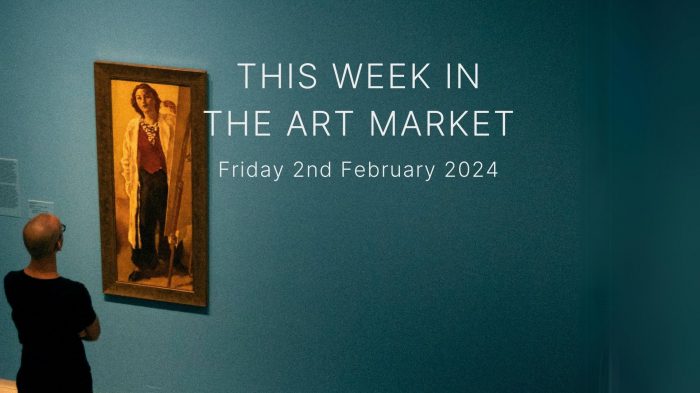Art is in demand; with the global art market growing by 6 per cent in 2018 and total sales of $67.4 billion, it has reached the second-highest level in 10 years. Such high interest in works from new and emerging artists from the Asia Pacific region suggests that the market is seeing a dramatic change.
Formerly dominated by art collectors in the stuffy galleries around the US, the fine art market has seen a shift in buyer demographic, with wealthy millennials and Gen Z buyers coming through to purchase fine art.
Additionally, a move in geographic location of transactions and sale of art can also observed. Although Asia’s Chinese economic growth has hit a slight speed bump, there is little doubt in where the global growth in fine art demand and sales is coming from.
This is an extremely positive result, considering the ongoing and looming trade-war between China and the US, impacting the flow of economic effect on trade in the region. It doesn’t seem to have dampened the demand on fine art – quite the opposite in the region.
The evolution of the traditional buying methodology
While traditional fine art fairs and auctions have always been common practice in the sale of fine art, the face is changing. Like many other traditional industries, very little change has occurred over the years. This is, of course, until the industry disruption led by technology.
According to the Art Newspaper, online viewing rooms have become an accepted way to sell art ahead of fairs, usually for less expensive items, however, this is not always the case.
The changing of the guard
Picasso’s works were once the hottest items in a fine art fair; now items further down the run, selling for tens or multiple of tens of thousands are the hot items. Those exceeding the million-dollar price range are now struggling to attract interest.
Why is this change of face so significant for art investors and enthusiasts?
With obvious demand shifting its centre towards the east, evidently shown in large value purchases made by first-time buyers – new money if you like – the artwork is seeing a wave of change.
While masterpieces were once held in the highest regard, competition is now moving on to the playground of emerging or newly established artists.
Although European and American works are largely popular with buyers, the trend is growing for Chinese, Australian and Singaporean pieces. Art was once bought mainly due to the great value it held. Current fine art investors are now looking at more prudent investments, with more growth potential from lower bases.
It is clear that the traditional methodologies of purchasing art have evolved, been disrupted and, many would say, for the better. However, entering into the art investment can be a minefield, and it is always important to be supported by an expert.
Art Works provides fine art investment support from first buyers to seasoned investors. In the face of the changing art investment world, it is essential to engage an expert to stay on top of the trends and make the most of every investment opportunity.








